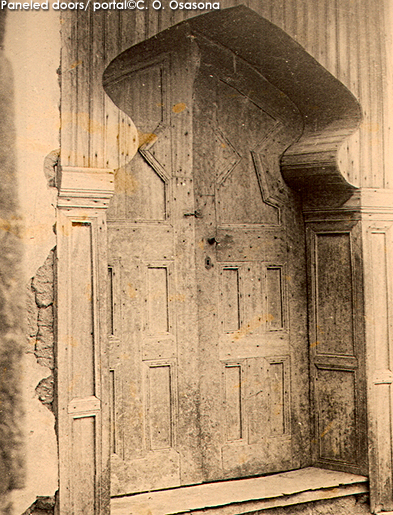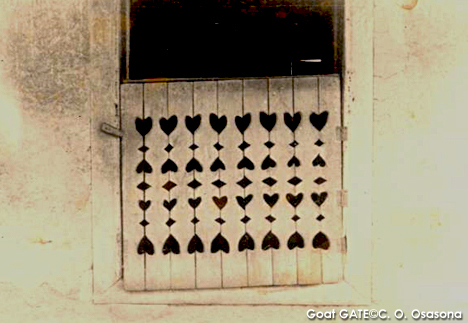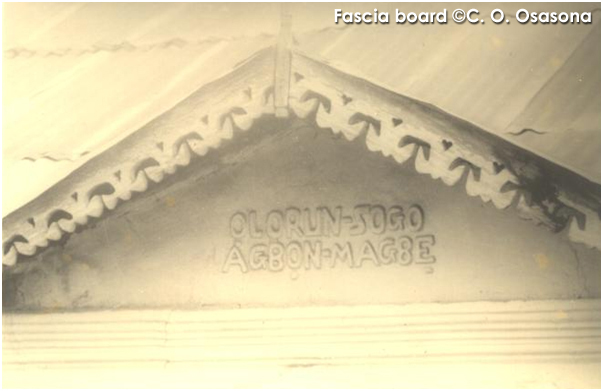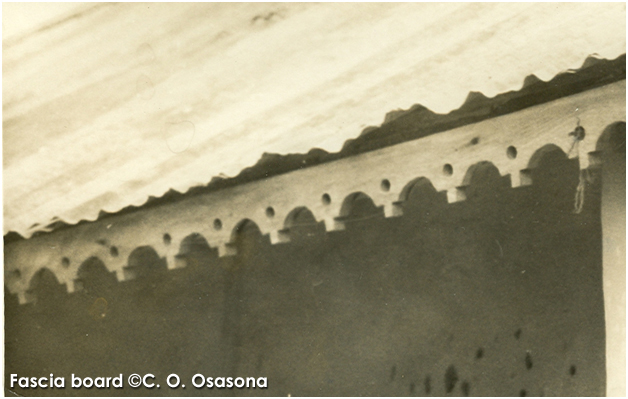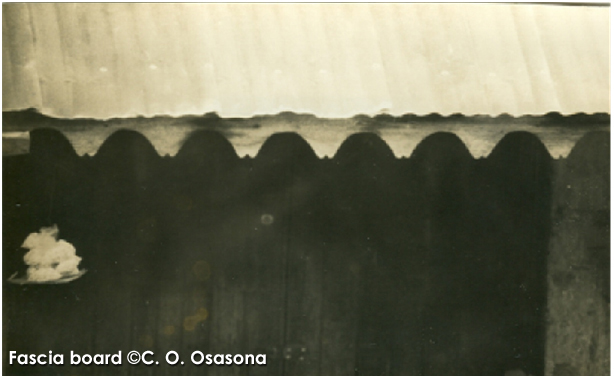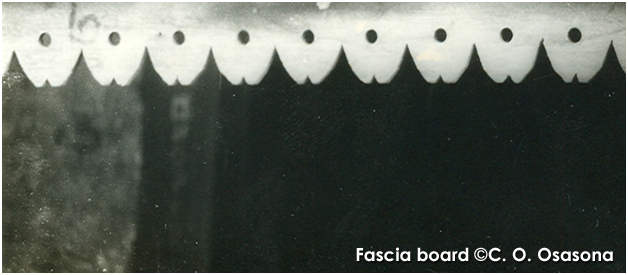
Aesthetic versus historic, the value of the documentation in the vernacular architectural heritage in Nigeria
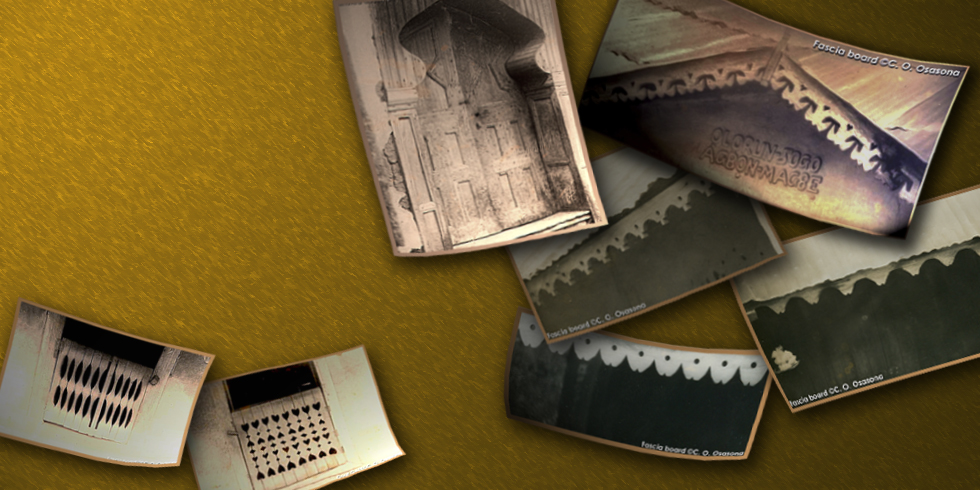
This post is strongly based on the contribution of Dr. Arch. Cordelia Osasona. Her research interests centre on African traditional/ vernacular architectural forms, materials and techniques, highlighting their art content. I do thank her very much. Dr. Cordelia Olatokunbo Osasona is a registered Nigerian architect She obtained B.Sc. and M. Sc. degrees in Architecture from the University of Ife (now Obafemi Awolowo University), Ile-Ife, and is the first female architect to be trained by the University. She is an Associate Professor and was the head of Architecture at OAU between 1997 and 1999 and more recently, from 2006 to 2009. She was Vice-Dean of the Faculty of Environmental Design and Management from 2008 to March 3, 2010. She also holds a Master degree in Fine Arts. She is the author of the book: Ornamentation in Yoruba Folk Architecture, Bookbuilders, Editions Africa, Ibadan, 140 pages.
The value of architectural ornamentation is an intuitive concept, from an aesthetic point of view, but from an historic one it is not so evident. It needs research and study, it is a trace from the past and it can tell more about people who lived around it. This is true everywhere.
The Nigeria’s vernacular architectural heritage is not just neglected, but actually denigrated. Dr. Cordelia O. Osasona, from the department of architecture of the University OBAFEMI AWOLOWO, has studied the vernacular architecture in Nigeria, from the historical background to the emergence.
She dispassionately examined the place of colonization in the scheme of things, highlighting the signal roles played by the Saros and the Agudas in evolving the vernacular.
She has documented various features of Yoruba folk architecture, sporting ornamentation, such as fascia boards, goat-gates, doors, portals and walls, and analyzed the techniques generating such ornamentation.
This way, she examined the activities of the Yoruba builders, from an anonymous beginning to a professional calling.
Dr Osasona has the strong conviction of the necessity of fully documenting the phenomenon graphically, as not only is the practice now extinct in Nigeria, but the buildings sporting such artistic interventions are fast disappearing.
She generously shares some of her photographic documentation with us, there, on Interfaces.
The Department of Architecture of the University OBAFEMI AWOLOWO run non-specialized B.Sc./M.Sc. programmes, with the curriculum structured on modules from Architectural Science, History, Components & Methods, Architectural Design/Graphics, Urban Design/Housing, Building Science and Professional Practice. At the M.Phil/ Ph.D. levels, there is specialization in History, Theory & Criticism, Environment-Behaviour Studies, Housing Studies and Architectural Science.
The Department is domiciled in the Faculty of Environmental Design & Management, with six other affiliate departments (Building, Estate Management, Fine & Applied Arts, Quantity Surveying and Urban & Regional Planning). Its support facilities include a CADD Laboratory, Workshops (Arch. Science, Photography, etc) and a Resource Room (with access to e-literature). It has a vibrant students’ body (Ife Architecture Students’ Association, IFASA), with many alumni now holding prominent professional, political and administrative positions in the nation’s public life.
 INTERFACES Engineering applied to Conservation
INTERFACES Engineering applied to Conservation
